Smoky, Spicy, and Simply Perfect: The Ultimate St. Louis Pork Rib Rub Guide
Table of Contents
- Introduction to St. Louis Pork Ribs
- What Makes a Great St. Louis Rib Rub?
- Key Ingredients in a Classic St. Louis Rub
- How to Make Your Own St. Louis Rib Rub at Home
- Top 5 Commercial St. Louis Pork Rib Rubs Reviewed
- Buying Guide: How to Choose the Right Rub for You
- Pro Tips for Using St. Louis Pork Rib Rub Like a Pitmaster
- Pairing Your Ribs with Sides and Sauces
- Conclusion
Introduction to St. Louis Pork Ribs
When it comes to backyard grilling or professional barbecue competitions, few things bring more joy than sinking your teeth into perfectly seasoned, slow-smoked St. Louis pork ribs. Known for their rich marbling, tender texture, and bold flavor, these ribs are a favorite among pitmasters and weekend warriors alike.
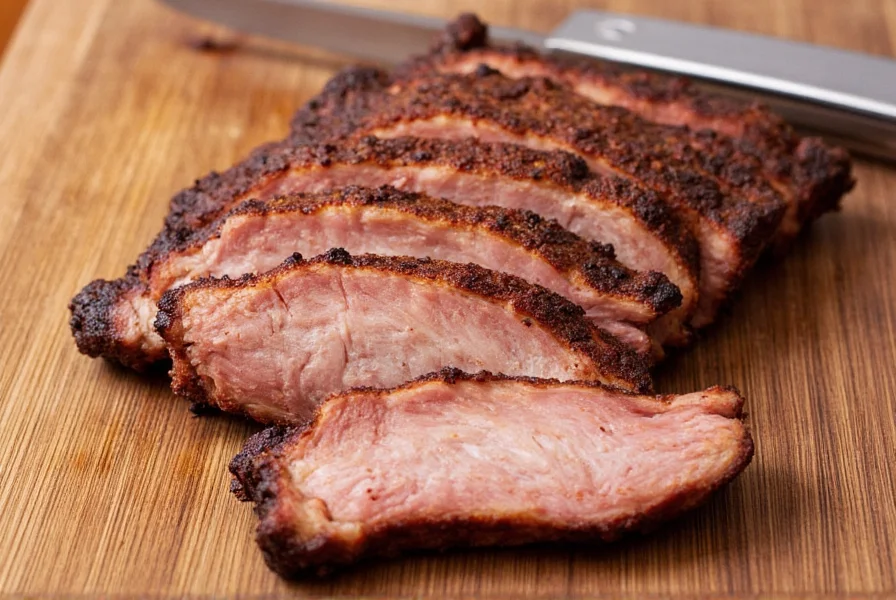
But what truly elevates them from good to unforgettable? It's all about the rub. A great St. Louis pork rib rub doesn't just season the meat — it transforms it into something magical. Let’s dive deep into what makes these rubs so special, how to make your own, and which store-bought versions deserve a spot in your pantry.
What Makes a Great St. Louis Pork Rib Rub?
A St. Louis rib rub is more than just salt and pepper — it's a carefully balanced blend of spices that enhances the natural flavor of pork while standing up to hours of smoking. Unlike baby back ribs, which are leaner, St. Louis ribs have more fat, which means your rub needs to be robust enough to cut through without overpowering the meat.
So what defines a classic St. Louis rib rub?
- Bold yet balanced flavor profile
- Generous use of brown sugar for caramelization
- Deep smokiness from smoked paprika or chipotle powder
- Subtle heat that builds slowly
- Salt to enhance overall flavor
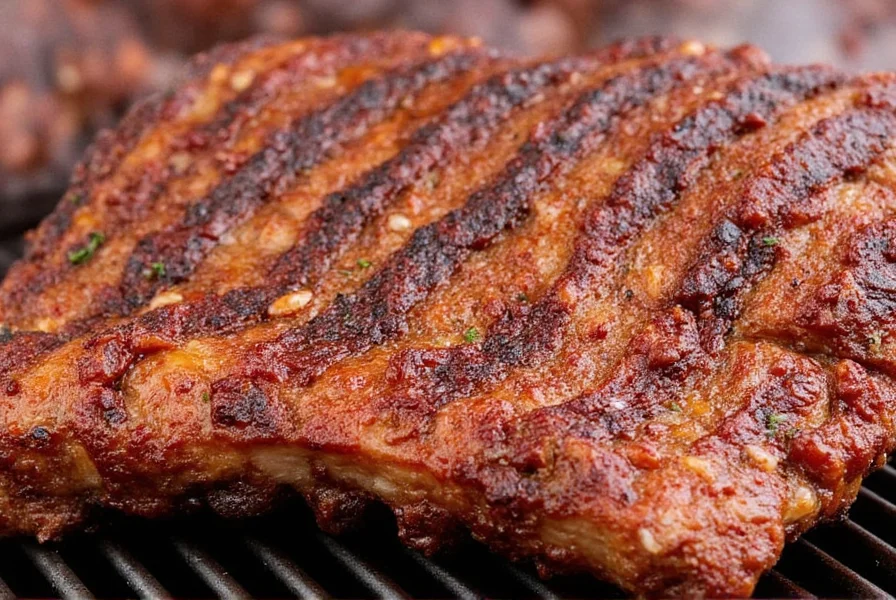
The key is balance. Too much sugar can burn before the ribs finish cooking. Too little heat leaves you with flat flavor. And if the smoke notes are off, the whole thing falls apart. That’s why understanding the ingredients behind the magic matters.
Key Ingredients in a Classic St. Louis Rub
Let’s break down each component of a winning St. Louis rib rub and why it belongs in your spice drawer.
| Ingredient | Role in the Rub | Flavor Profile |
|---|---|---|
| Brown Sugar | Creates a flavorful bark and adds sweetness | Earthy, caramelized |
| Smoked Paprika | Adds a deep, woodsy smokiness | Rich, earthy, mildly sweet |
| Kosher Salt | Enhances all flavors and helps draw moisture out for better crust | Savory, briny |
| Black Pepper | Provides a subtle bite and complexity | Pungent, spicy |
| Garlic Powder | Offers savory depth | Oniony, aromatic |
| Chili Powder or Chipotle | Introduces mild to medium heat depending on brand | Smoky, fiery |
Optional additions might include onion powder, cayenne for extra heat, or even a dash of cinnamon or mustard powder for warmth and funk.
How to Make Your Own St. Louis Rib Rub at Home
Making your own rub not only saves money but also lets you customize the flavor to your exact taste preferences. Here’s a tried-and-true recipe to get you started:
DIY St. Louis Rib Rub Recipe
- 1/4 cup packed brown sugar
- 2 tbsp smoked paprika
- 1 tbsp kosher salt
- 1 tbsp black pepper
- 1 tbsp garlic powder
- 1 tsp chili powder (or chipotle powder)
- 1/2 tsp ground cumin (optional for depth)
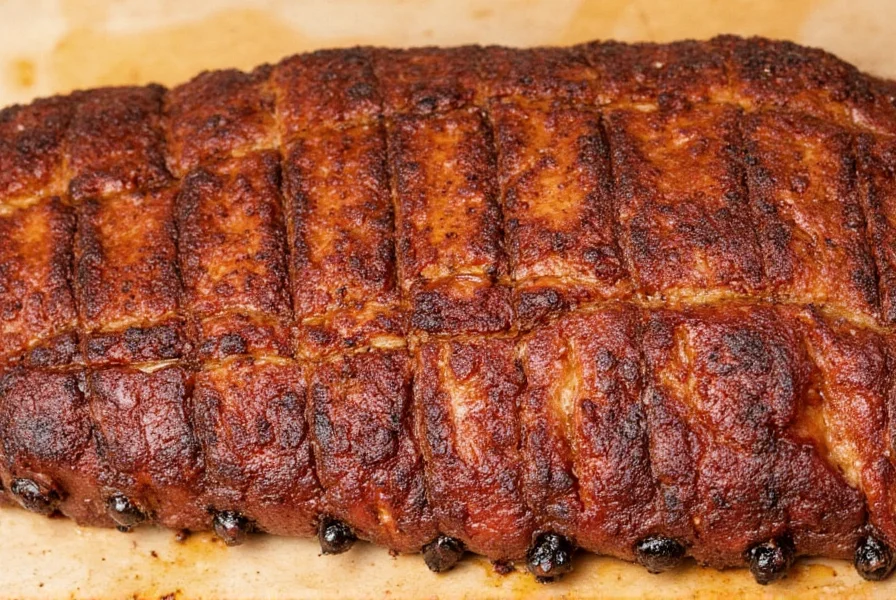
Instructions:
- In a small mixing bowl, combine all ingredients until well blended.
- Transfer to an airtight container like a spice jar or shaker bottle.
- Store in a cool, dry place away from direct sunlight.
- Use within 6 months for peak freshness.
This basic blend gives you a versatile base you can tweak by adding more heat, sweetness, or smoke as desired. Got a sweet tooth? Add another tablespoon of brown sugar. Want more fire? Double the chipotle powder.
Top 5 Commercial St. Louis Pork Rib Rubs Reviewed
If you're short on time or want to experiment with pro-level blends, here are five top-rated commercial rubs perfect for St. Louis ribs:
| Rub Name | Main Features | Heat Level | Best For |
|---|---|---|---|
| Carolina Style BBQ Rub – Meat Church | Brown sugar-heavy with a touch of heat and hickory smoke | Mild-Medium | Classicists who love sweet, sticky bark |
| St. Louis Style Rub – Killer Hogs | Perfectly balanced, versatile for any occasion | Medium | All-purpose, competition-level flavor |
| Memphis Dust – Bark Daddy | Dry, peppery, and loaded with umami | Medium-High | Those who prefer less sugar and more spice |
| Bad A$$ Rub – Big Poppa Smokers | Complex layers of sweetness and smoke | Low-Medium | Casual cooks and family gatherings |
| Delta Heat Rub – Blue Collar BBQ | Smoky, tangy, and slightly sweet | Medium | Grillers looking for Southern soul |
Buying Guide: How to Choose the Right Rub for You
Choosing the right St. Louis pork rib rub depends on your personal preferences, cooking style, and audience. Whether you’re hosting a backyard cookout or preparing for a barbecue competition, here's how to find the perfect fit.
Factors to Consider When Buying a Rub
- Heat Level: Do you prefer a gentle kiss of warmth or a full-blown firestorm? Check the label for chili content and Scoville units.
- Sugar Content: High-sugar rubs create a beautiful caramelized bark but risk burning if overcooked. Low-sugar options are safer for long smokes.
- Smoke Flavor: Some rubs incorporate actual liquid smoke or smoked spices. Look for “smoked paprika” or “mesquite” on the label.
- Texture: Coarser rubs add crunch and grip to the surface, enhancing bark formation.
- Brand Reputation: Stick with trusted brands unless you’re feeling adventurous.
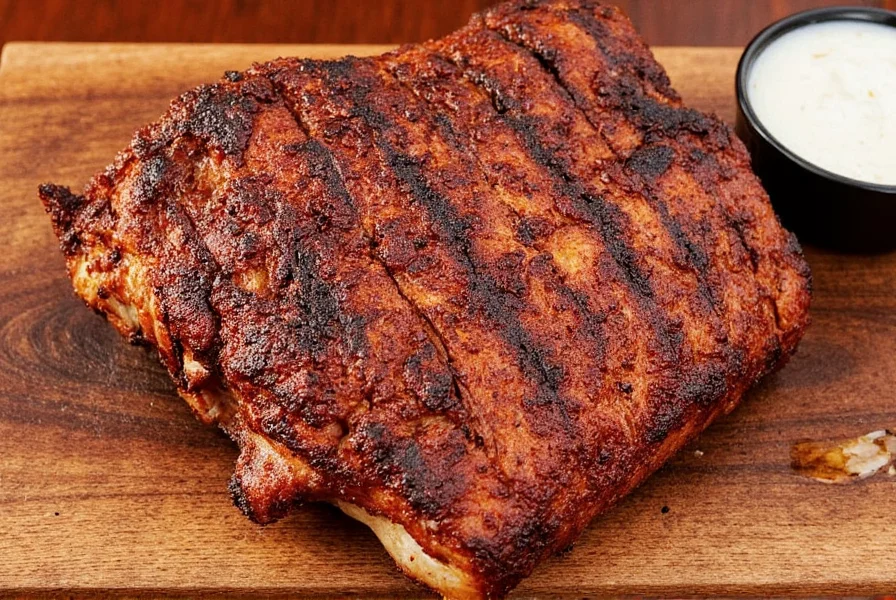
Recommended Rub Use Cases
- For beginners: Start with a pre-made, all-purpose rub like Killer Hogs St. Louis Style Rub.
- For smokers: Opt for low-sugar, high-smoke blends like Memphis Dust.
- For parties: Go with crowd-pleasers that balance sweetness and spice like Bad A$$ Rub.
- For professionals: Blend multiple rubs to layer flavors or use a custom mix tailored to your signature style.
Pro Tips for Using St. Louis Pork Rib Rub Like a Pitmaster
Even the best rub won’t save you if you don’t apply it properly. Here are some insider tricks to ensure your ribs come out perfect every time:
Apply Generously but Evenly
Don’t be shy! A thick, even coat ensures maximum flavor penetration and a nice crust during the smoke. Press the rub into the meat instead of just sprinkling it on.
Let It Rest Overnight
Time is your friend. Applying the rub at least 8–12 hours before cooking allows the flavors to penetrate the meat deeply. Wrap the ribs tightly in plastic wrap and refrigerate overnight.
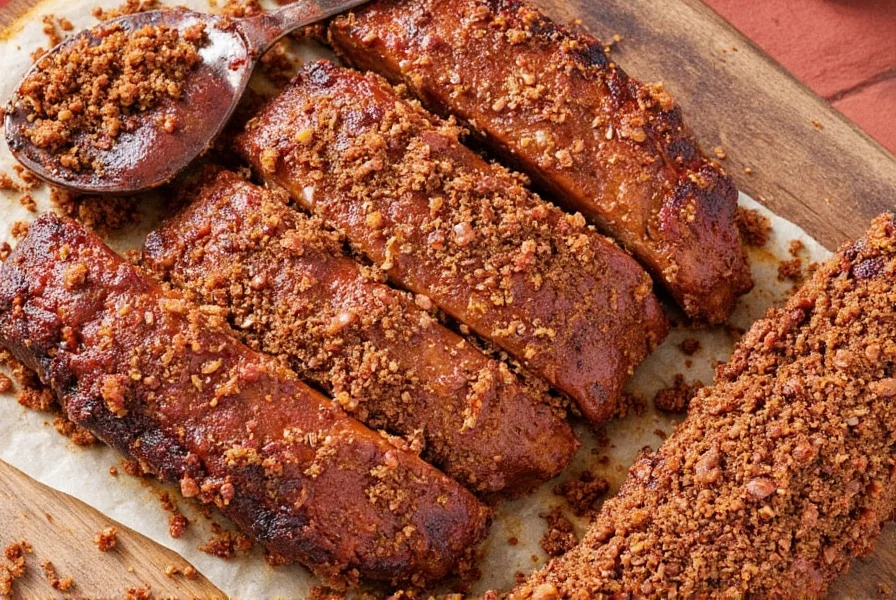
Use the “Texas Crutch” Method
After a few hours of smoking, wrap the ribs in foil with a splash of apple juice or beer to speed up tenderness without sacrificing flavor. This step is optional but recommended for fall-off-the-bone results.
Finish Unwrapped for Extra Bark
Unwrap the ribs for the last hour of cooking to let the rub form a crispy, flavorful bark. This step is where the magic happens!
Pairing Your Ribs with Sides and Sauces
While a killer rub is the star of the show, side dishes and sauces play a crucial supporting role. Here are some ideal pairings:
Suggested Side Dishes
- Coleslaw (creamy or vinegar-based)
- Baked beans
- Macaroni and cheese
- Grilled corn on the cob
- Collard greens
Recommended Sauces
- Classic Kansas City-style BBQ sauce
- Vinegar-based Carolina sauce
- Tangy mustard sauce (especially with smoky rubs)
- Chipotle aioli (for dipping individual rib pieces)
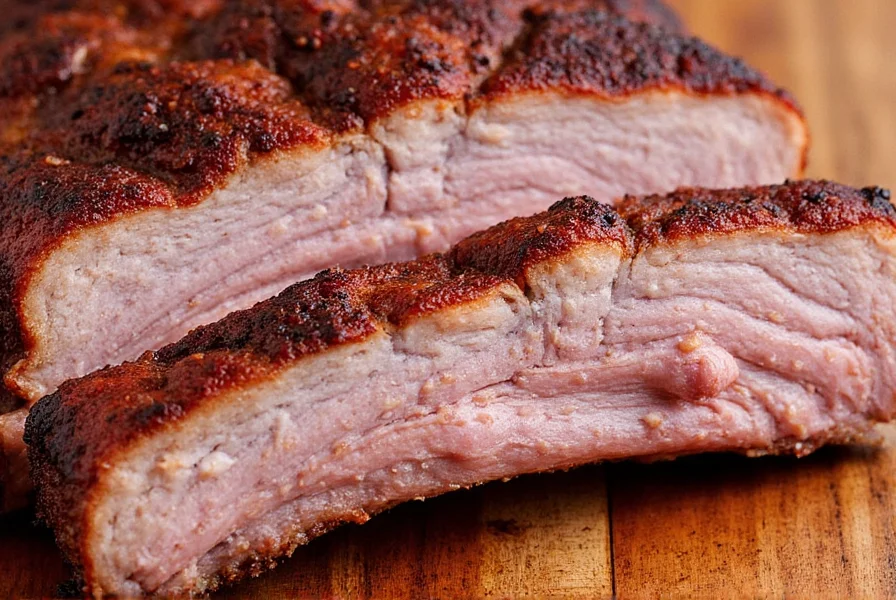
Conclusion
Whether you’re slinging ribs at a tailgate, impressing guests at a dinner party, or chasing that elusive Grand Champion ribbon at your local barbecue competition, mastering the art of the St. Louis pork rib rub is essential.
From understanding the science of flavor layering to choosing the right product or crafting your own unique blend, there’s no one-size-fits-all approach. But with practice, experimentation, and a bit of love, you’ll be serving up award-winning ribs that leave everyone asking for seconds — and thirds.
So grab your apron, dust off those spices, and start turning your backyard into the next big thing in the barbecue world. Your St. Louis ribs — and your taste buds — will thank you.
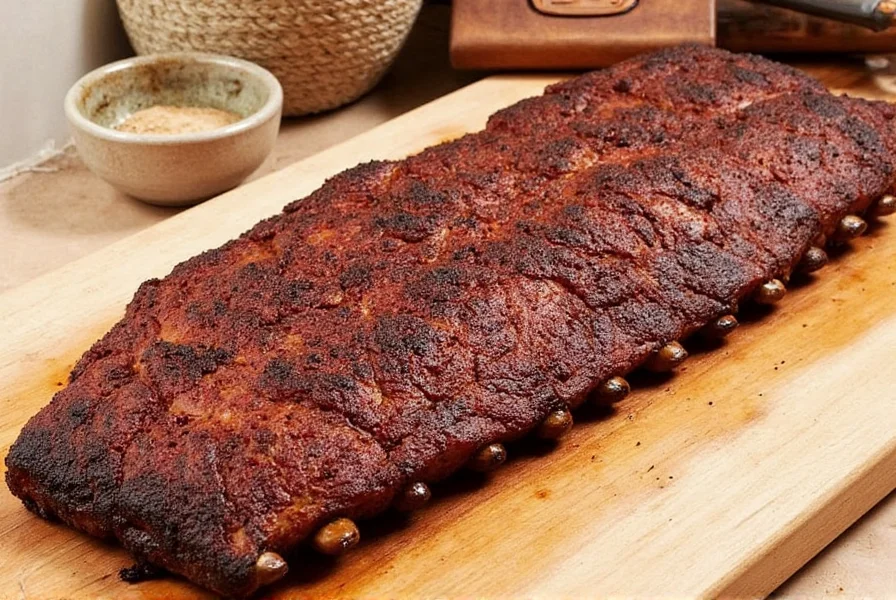
Final Note:
Remember, the best rub is the one you enjoy most. Don’t be afraid to tweak ratios, add new spices, or invent your own signature blend. Barbecue is as much about personal expression as it is about flavor. Now go make magic happen on the grill!

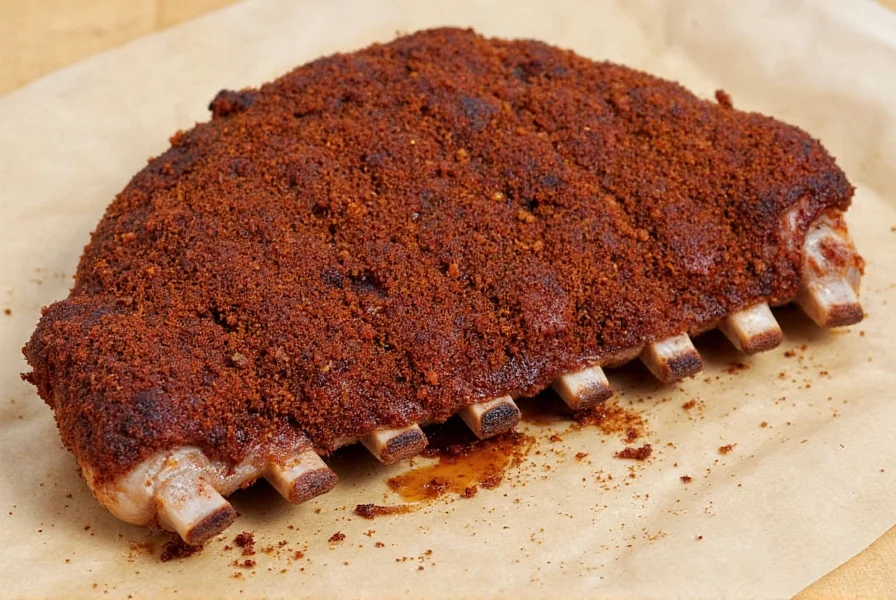









 浙公网安备
33010002000092号
浙公网安备
33010002000092号 浙B2-20120091-4
浙B2-20120091-4